Protection Against Evil
Protection Against Evil

Evil is known to come through many different ways - ominous spirits, curses, hexes, and negative energies (sometimes channelled through another person’s hatred). The Evil Eye, also known as maluka, is one of the oldest worldwide superstitions dating back over 5000 years even before civilizations such as the Egyptians and the Mesopotamians. It was widely believed by the Ancients that certain evil or spiteful people could cause sickness and death merely by casting their Eye on another person.
Protection Talismans

Arrow - Wear an arrow head amulet on a silver chain for protection from illness and to guard against the evil eye. In ancient times, it was believed sleeping with an arrow pulled from a human body worked as a love charm. American Indians believed that wearing a highly polished arrowhead as a talisman was a symbol of male strength. It would deflect negative energy, protect them from their enemies and absorb their power.
Cat’s Eye (gemstone) - This gemstone removes obstacles and hindrances from your life, and will ward off the evil forces of Black Magic, spirits, and protect you from the Evil Eye.
Hands - The ancient Etruscans and the Greeks wore lucky amulets representing a fist with the thumb tucked beneath the fingers. Similar charms with the index finger extended were believed to have power to ward off the evil eye.
Onyx - Wear or carry black onyx to avert danger, misfortune, and bring you courage, strength and spiritual wisdom. It is said to dispel negative energy, and defend against the evil eye.
Seal of Solomon - Use for protection against enemies, the evil eye, and spirits. It will bring good luck in all aspects of your life. This symbol dates back to the bronze age. Before becoming a prominent symbol of Judaism, the six pointed star was used by alchemists and was said to have been used by druid priests as a protection against evil ghosts. The original Seal of Solomon was deemed so powerful, because it was said to have been inscribed with God’s name.
Protection Herbs

Fennel - Grow fennel in your yard because it is a highly protective herb that protects against all kind of evils, including the evil from the hearts of men and evil spirits.
Holly - Plant holly near your home to protect against evil spirits from entering.
Mistletoe - Burn mistletoe in incense, your fireplace, or a bonfire in your yard to send away any evil or negative energies in or around your home.
Barberry - Sprinkle in the paths of enemies to prevent them from following you.
Violet - Carry this flower to protect against evil and bring good luck your way.
Wintergreen - Used to protect children against evil when left under their pillows at night.
Protection For The Home

Horseshoes (placed on the door) - To bring in good luck and keep away evil spirits from entering the home.
Wind Chimes - Believed to scare away evil spirits.
Rowan Cross - In some Celtic beliefs, a cross made from the branches of the rowan tree and bound with red thread was used as a protective charm above the doors of houses.
Galdrastafir - certain Icelandic symbols were believed to protect against evil.
More Posts from Twiggietruth and Others
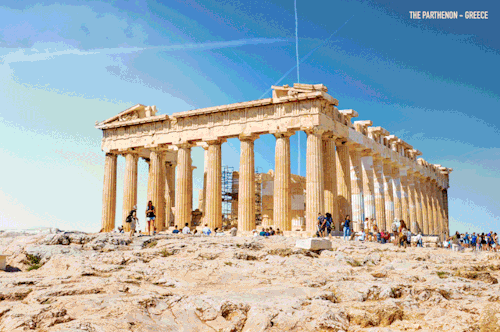
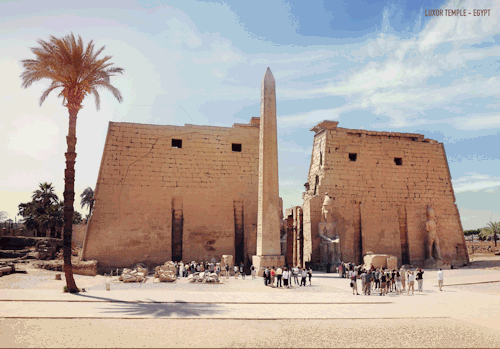
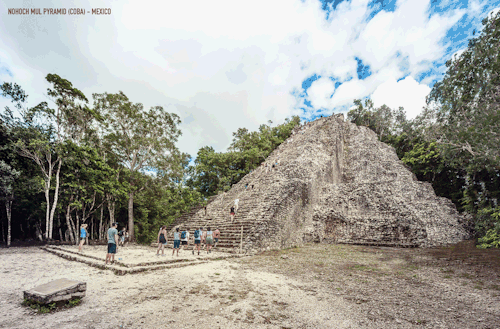
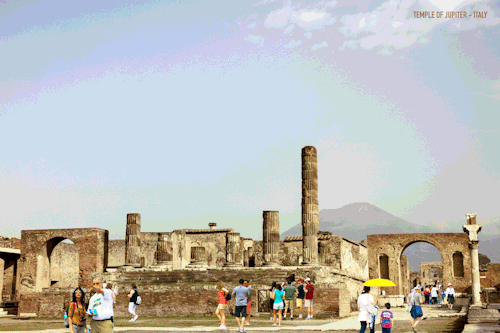

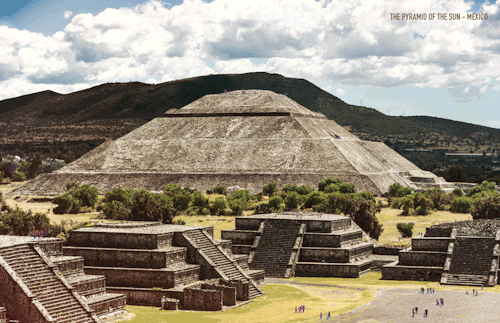
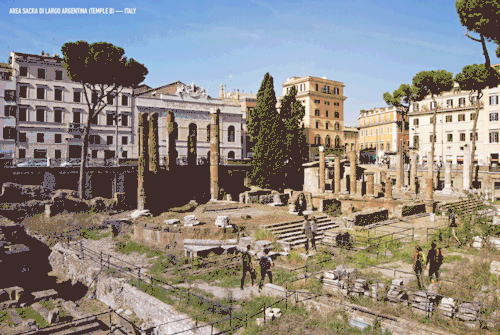
Ancient ruins give us a fascinating window into the past..
Ancient ruins give us a fascinating window into the past: how people lived, the spaces they inhabited and their daily lives. Historians, architects and travellers alike marvel at these remnants of time past, but it’s often hard to get a sense of what these spectacular buildings would have looked like at their peak. We decided to step back in time and recreate some of our favorite ancient ruins in their original locations.
Identified from the top:
The Parthenon Athens, Greece / 432 BC
Luxor Temple Luxor, Egypt / 1380 BC
Nohoch Mul Pyramid (Coba) Quintana Roo, Mexico / 100 BC-100 AD
Temple of Jupiter Pompeii, Italy / 200 BC
Milecastle 39 (Part of Hadrian’s Wall) Northumberland, England / 100 AD
The Pyramid of the Sun, Teotihuacán Teotihuacan, Mexico / 200 CE
Area Sacra di Largo Argentina—Temple B Rome, Italy / 101 BC

sorry I couldn’t resist
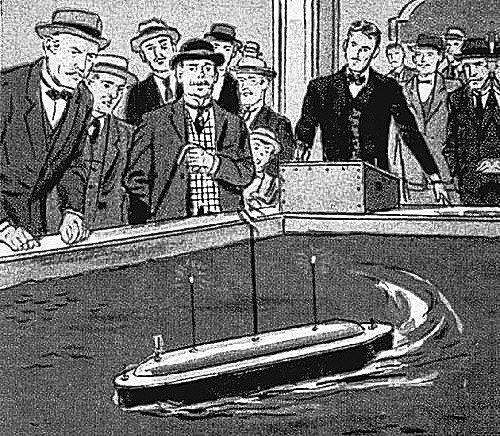
“I would light whole cities and give to mere machines all the motions of intelligence. I have given demonstrations of this discovery of mine before bodies of men of science many times. But they have found it difficult to believe me. I gave a demonstration of one experiment, which I think is the most beautiful I have ever tried. I think if I live a long life and work all the time I shall never have a more beautiful experiment than that. I had a boat without crew or captain, which I controlled merely by the force of my intelligence. I would will ‘turn,’ and it would turn, ‘go to the right,’ and it would go to the right, ‘to the left,’ it would go to the left. The beautiful thing about it was that it seem to be instinct with life, and, as a dog obeys the commands of his master, so this machine obeyed mind. And yet, it was governed simply by the electrical waves striking upon a receiver. And so which any machine.

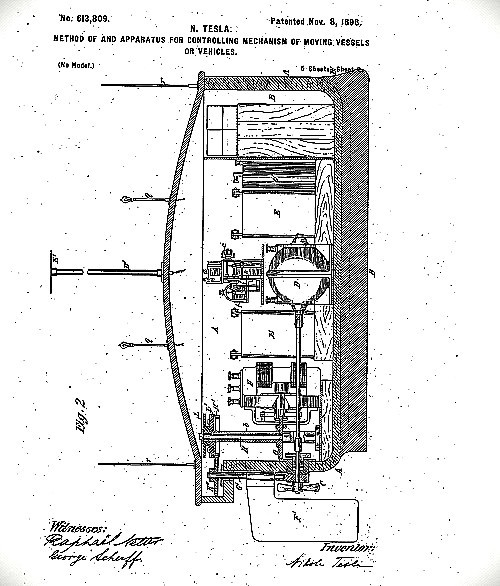
“Why I could make an automaton in the shape of a man that could walk, move, perform all the motions of a man, except wherein the fact of it not being an organic being would make a difference. All this theory is developed from my idea that the actions of all inanimate beings are governed by impressions from outside objects received upon the eye.
“My idea is that people are simply automata, governed by the transmission of circumstances surrounding them upon the eye. This is the greatest idea of the age. The relations of nations will be affected by it. It will revolutionize thought. It may take years, but it will gradually come about. Men of science find it difficult to accept this idea. They cannot comprehend it. It is stupendous, and yet it is very simple.”
–Nikola Tesla
“Nikola Tesla Experiments In The Mountains.” Mountain Sunshine, July-August, 1899
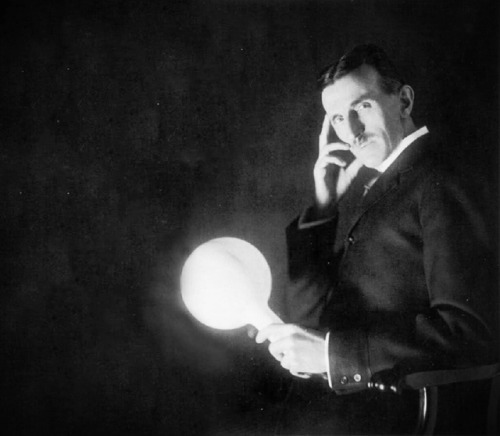
The Temple of the Maker of the Earth

Pachacamac is located on the coast of Peru and 32 km south of Lima. It was an important sacred site, with an oracle, and burial sites, which was visited by pilgrims of many ancient Andean cultures for over 2,000 years. Pachacamac was sacred up through Incan Empire in the 1400s, and stopped being a site of pilgrimage only with the coming of the Spanish and their alien religion. The site was named after the god of the same name (Pacha Kamaq) who was considered the ‘Maker of the Earth’ by coastal peoples. The god’s sacred wooden statue was worshiped at the site, situated inside a large temple complex built on a stepped earthen platform. There was also likely an oracle on the site in the 1st millennium BCE.

International Congregation of Lord RayEL. Cult leader #kellypatrick #ufocult #angelusdomini #raymondlear #falseprophet #lordrayel #lordrayelexposed #religiouscult

”Day 1: The Creation of the Gravitational waves” by Illuanimated.
original image: Day 1: Separation of light and darkness. Horae ad usum romanum, c. 1401-1500, Latin 920, f. 2v, Bibliothèque nationale de France.

Happy Fat Tuesday!!! Making pancakes tonight? Here’s a recipe from the 16th century which includes “two or three spoonefuls of ale”: To make Pancakes Take new thicke Creame a pine, foure or five yolks of egs, a good handful of flower and two or three spoonefuls of ale, strain them together into a faire platter, and season it with a good handfull of sugar, a spooneful of synamon, and a little Ginger: then take a friing pan, and put in a litle peece of Butter, as big as yourthumbe, and when it is molten brown, cast it out of your pan, and with a ladle put to the further side of your pan some of your stuffe, and hold your pan …, so that your stuffe may run abroad over all the pan as thin as may be: then set it to the fire, and let the fyre be verie soft, and when the one side is baked, then turn the other, and bake them as dry as ye can without burning. (from a book entitled “The Good Huswifes Jewell”, courtesy of the British Library)
In early modern Britain, disbelief in the existence of spirits was tantamount to atheism. The overwhelming majority of people, whether rich or poor, educated or uneducated, believed in the existence of a countless number and variety of invisible supernatural beings. Different types of people were concerned with different types of spirits: for the devout Christian, angels and demons stood centre stage; for the elite magician, spirits originating from classical cosmologies could be equally significant while the uneducated country people placed a greater emphasis on the 'fairy folk’. Trying to make any hard and fast distinction between categories of spirits in early modern Britain is impossible because supernatural beings were labelled differently, depending on geography, education and religious perspective and definitions overlapped considerably. The term 'fairy’, for example, is a misleadingly broad generic term which, in the period, covered a wide range of supernatural entities. On a popular level there was often little difference between a fairy and an angel, saint, ghost, or devil. We find the popular link between fairies and angels, for example, expressed in the confession of a cunning man on trial for witchcraft in Aberdeen, in 1598. The magical practitioner, who was identified in the trial records as ‘Andro Man’, claimed that his familiar (described by the interrogators as the Devil) was an angel who, like Tom Reid, served the queen of the fairies. The records state 'Thow confessis that the Devill, thy maister, quhom thow termes Christsonday, and supponis to be ane engell, and Goddis godsone, albeit he hes a thraw by God, and swyis to the Quene of Elphen, is rasit be the speking of the word Benedicte.’
Emma Wilby, Cunning Folk and Familiar Spirits - shamanistic visionary traditions in Early Modern British witchcraft and magic (via ophidiansabbat)

Paul Grabwinkler - The Precipice of Death

Cloudy and cool start to the day. Fabulous doggie walk. #Sunday #shropshirehills #shropshire
-
 joelthehutt liked this · 2 years ago
joelthehutt liked this · 2 years ago -
 majingojira reblogged this · 2 years ago
majingojira reblogged this · 2 years ago -
 heckcareoxytwit reblogged this · 2 years ago
heckcareoxytwit reblogged this · 2 years ago -
 six-witch reblogged this · 2 years ago
six-witch reblogged this · 2 years ago -
 sixstringphonic liked this · 2 years ago
sixstringphonic liked this · 2 years ago -
 stephanieviolet reblogged this · 2 years ago
stephanieviolet reblogged this · 2 years ago -
 deactivated-bloggggg liked this · 3 years ago
deactivated-bloggggg liked this · 3 years ago -
 oxymitch-archive liked this · 3 years ago
oxymitch-archive liked this · 3 years ago -
 secretsofthecraft reblogged this · 3 years ago
secretsofthecraft reblogged this · 3 years ago -
 moonise liked this · 4 years ago
moonise liked this · 4 years ago -
 fawn-pixie reblogged this · 4 years ago
fawn-pixie reblogged this · 4 years ago -
 fawn-pixie liked this · 4 years ago
fawn-pixie liked this · 4 years ago -
 oxymitch-archive reblogged this · 4 years ago
oxymitch-archive reblogged this · 4 years ago -
 willowquartz reblogged this · 5 years ago
willowquartz reblogged this · 5 years ago -
 blightedkudzu reblogged this · 5 years ago
blightedkudzu reblogged this · 5 years ago -
 misssomniferum reblogged this · 5 years ago
misssomniferum reblogged this · 5 years ago -
 bellatorvvitch reblogged this · 5 years ago
bellatorvvitch reblogged this · 5 years ago -
 haga-grimalkin liked this · 5 years ago
haga-grimalkin liked this · 5 years ago -
 lindseycs-blog liked this · 5 years ago
lindseycs-blog liked this · 5 years ago -
 serohoenin liked this · 5 years ago
serohoenin liked this · 5 years ago -
 cosbbs liked this · 5 years ago
cosbbs liked this · 5 years ago -
 curaimpetu liked this · 5 years ago
curaimpetu liked this · 5 years ago -
 deathstar67-blog liked this · 5 years ago
deathstar67-blog liked this · 5 years ago -
 intothewitchingwood reblogged this · 5 years ago
intothewitchingwood reblogged this · 5 years ago -
 emotionalsqualor liked this · 6 years ago
emotionalsqualor liked this · 6 years ago -
 hungryghxst reblogged this · 6 years ago
hungryghxst reblogged this · 6 years ago -
 catsatellite liked this · 6 years ago
catsatellite liked this · 6 years ago -
 thesghe liked this · 6 years ago
thesghe liked this · 6 years ago -
 pageofcoins liked this · 6 years ago
pageofcoins liked this · 6 years ago -
 crimsonpoppytarot reblogged this · 6 years ago
crimsonpoppytarot reblogged this · 6 years ago -
 crimsonpoppytarot liked this · 6 years ago
crimsonpoppytarot liked this · 6 years ago -
 isodil liked this · 6 years ago
isodil liked this · 6 years ago -
 lostradiosignal liked this · 6 years ago
lostradiosignal liked this · 6 years ago -
 clockworkbirb liked this · 6 years ago
clockworkbirb liked this · 6 years ago -
 vnillacoke reblogged this · 6 years ago
vnillacoke reblogged this · 6 years ago -
 tylerisawitch reblogged this · 6 years ago
tylerisawitch reblogged this · 6 years ago -
 kyngconjurah reblogged this · 6 years ago
kyngconjurah reblogged this · 6 years ago -
 wildfloweromens liked this · 6 years ago
wildfloweromens liked this · 6 years ago -
 sweet-mini-cupcake liked this · 6 years ago
sweet-mini-cupcake liked this · 6 years ago -
 magickskilltree reblogged this · 6 years ago
magickskilltree reblogged this · 6 years ago